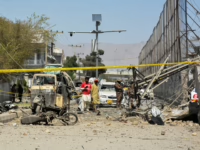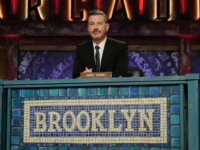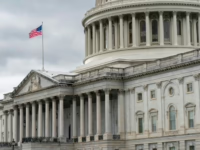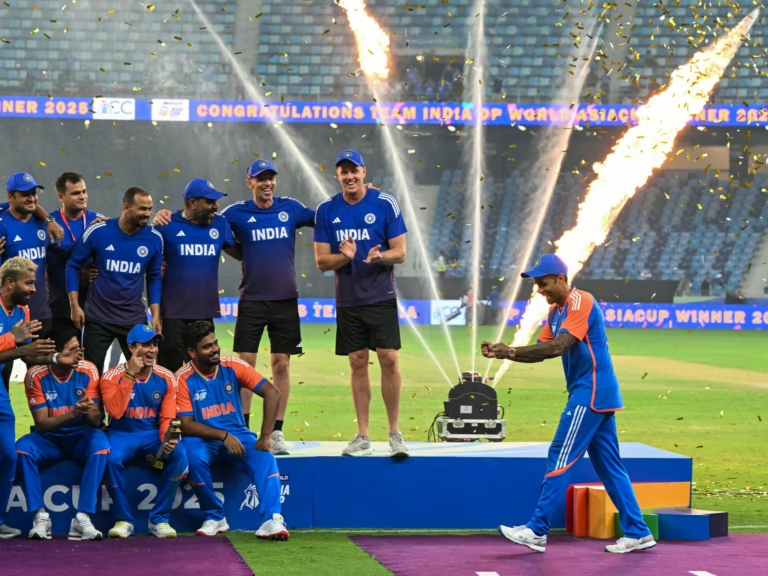The 2025 Asia Cup held in Dubai has become one of the most politically charged and contentious sporting events in recent history. While previous controversies, such as Russia’s exclusion from the 2024 Olympics or the 2022 FIFA World Cup, were handled discreetly by governing bodies, this tournament unfolded quite differently. The three India-Pakistan matches were marked by overt displays of nationalism: provocative hand signals imitating fighter jets, refusal to engage in traditional handshakes, disputes involving match officials, and what seemed like a proxy battle between the two cricket boards.
This heightened tension is deeply rooted in a turbulent past. India and Pakistan have endured multiple wars, which have severely impacted their cricketing relations. Since the 2008 Mumbai attacks, linked to militants from Pakistan, the two nations have only contested a single bilateral series, hosted by India in 2012. Historically, when they did face off, players maintained a respectful and neutral demeanor on the field. That boundary has now dissolved, with athletes and politicians alike fueling the animosity. The 2025 Asia Cup starkly illustrated how cricket is being deliberately transformed into a stage for nationalist theatrics, designed to sustain a lucrative spectacle worth billions.
Following a fine for politically charged comments-where India’s captain, Suryakumar Yadav, dedicated a victory to victims of the Pahalgam attack and the Indian military-he repeated similar sentiments with even greater fervor after India’s win against Pakistan in the final. On the other side, Pakistan’s fast bowler Haris Rauf was penalized for unsportsmanlike conduct after mimicking the crash of six Indian fighter jets, referencing the May border clashes. His gesture quickly gained widespread attention online.
Interestingly, both Yadav and Rauf underperformed individually during the tournament, yet their displays of intense nationalism overshadowed their on-field contributions. This reflects a broader trend where social media dramatics and off-field antics often garner more recognition and fan validation than actual sporting achievements.
Beyond the players’ conduct, the Indian team’s refusal to shake hands with their Pakistani counterparts and their rejection of the trophy from Mohsin Naqvi-the Asian Cricket Council president and Pakistan’s cricket board chief-was unprecedented. The victorious Indian squad ended up celebrating without the trophy, as the ACC withdrew it from the ceremony. Former Indian cricketer and commentator Ravi Shastri described the situation as “ridiculous.” The entire tournament descended into a spectacle of jingoism, with both sides contributing to the divisiveness. Sport should ideally bridge divides and foster diplomacy, not deepen them.
The conflation of cricket with hostile political narratives tarnished the sport’s reputation as a gentleman’s game. Indian Prime Minister Narendra Modi’s tweet likening India’s performance to “Operation Sindoor”-a military operation-was met with sharp criticism. Journalist Suhasini Haidar condemned the comparison of a deadly conflict, which resulted in loss of lives and widespread suffering, to a cricket match. This incident encapsulates the toxic atmosphere permeating the tournament, where a game meant for entertainment was overshadowed by militaristic symbolism and rhetoric.
Hypocrisy further complicates the scenario. The Board of Control for Cricket in India (BCCI) has long refused bilateral series with Pakistan, citing political and security concerns. Yet, when lucrative multilateral tournaments arise, India and Pakistan inevitably clash, often multiple times. Public sentiment shifted as well; what began as a boycott during the opening match evolved into a nationwide celebration by the final. Every viewer glued to the screen translates into revenue, and every viral moment of provocation fuels engagement. This commercialized nationalism incentivizes players to prioritize provocative displays over sporting excellence.
Pakistan’s players and cricket board have also engaged in similar provocations. Haris Rauf’s jet-crash mimicry exemplifies how players seek attention through nationalist theatrics rather than focusing on the game. Such behavior sends a troubling message to emerging cricketers that flamboyant displays of patriotism outweigh discipline and sportsmanship.
When athletes carry the weight of political tensions from their home countries, it not only hampers their performance but also affects their conduct toward opponents post-match. If two of cricket’s most prominent nations behave in this manner, it sets a damaging precedent for newer cricketing nations aspiring to join the international arena. This Asia Cup was the antithesis of what sport should embody, amplifying hostility and allowing conflict-driven emotions to spill onto the pitch.
For the sake of cricket and its fans, it might be preferable for India and Pakistan to avoid facing each other until a more respectful environment can be restored. This would allow spectators to enjoy the sport free from political interference. Cricket deserves to be celebrated for its spirit and skill, not exploited as a battleground for geopolitical rivalries. If the administrators insist on turning every India-Pakistan encounter into a proxy conflict for financial gain, transparency about this reality would at least be honest. Unfortunately, the 2025 Asia Cup will be remembered less for athletic feats and more for the disgrace it cast upon the game.
One potential solution is to temporarily exclude India and Pakistan from international competitions until they demonstrate a commitment to sportsmanship and decency. Why should other cricketing nations like Sri Lanka, Bangladesh, Afghanistan, or neutral fans worldwide endure the toxicity brought by two countries that treat cricket as an extension of their political conflicts? Such a suspension would send a powerful message that cricket cannot thrive when reduced to a stage for nationalist posturing.
However, implementing such a ban is fraught with challenges. India dominates cricket’s financial landscape and wields significant influence over the International Cricket Council (ICC), while Pakistan remains a key audience draw. Their matches generate massive viewership and attract sponsorships vital to the sport’s economy. No governing body, least of all the ICC, has yet dared to sideline its most lucrative markets. This paradox means that the very rivalries undermining cricket’s spirit are also essential to its financial survival. Until monetary interests are deprioritized, cricket will remain captive to this damaging rivalry.
The opinions expressed here are those of the author and do not necessarily represent the views of the hosting platform.
























